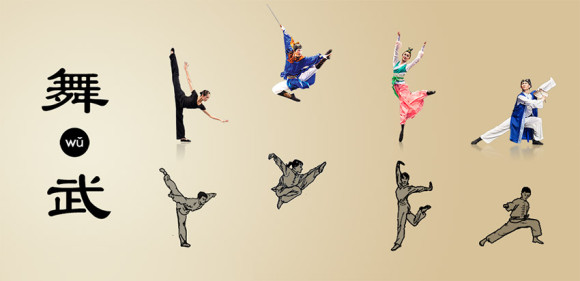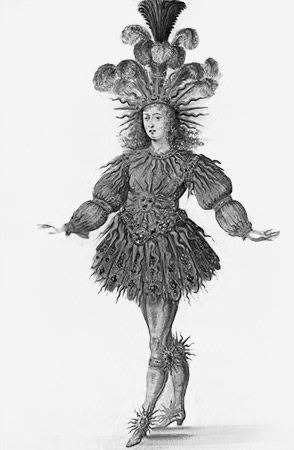
Chinese Dance and Martial Arts Connection
Aficionados of classical music often love seeing live performances of their favorite pieces accompanied by traditional dance acts. While ballet may have been the gold standard of classical music, it’s not necessarily the oldest of the classical dance genre. Here’s a brief history on both, as well as the overall verdict as to which is the oldest.
Classical Chinese Dance
Classical Chinese dance has been a part of China’s culture for millennia. As one of the most treasured parts of the Imperial culture, the art and form of Chinese dance has been handed down from generation to generation. Much like ballet, China’s dance form had evolved to become both a storytelling tool and, to a point, a form of dance that has become associated with costumes.
Dance has long been an integral part of Chinese theater as well. Using colorful costumes, ribbons and handkerchiefs as props, as well as dramatic gestures, dance and theater troupes throughout mainland China have thrilled theatregoers with stories of China’s past, as well as classic Chinese legends.
Due to the influence of Communism in China, many classical Chinese dance routines have fallen by the wayside. However, dance groups and cultural preservation organizations like Shen Yun have been revitalizing this part of Chinese culture.
Ballet’s History
Ballet is definitely the most well-known form of classical dance in the West. It had its origins in the Italian and French courts during the Renaissance. Famous patrons of the art included Catherine De Medici and King Louis XIV. It was actually Louis XIV, the Sun King, who helped standardize and shape ballet’s form to the recognizable dance it is today. In fact, the king himself danced ballet.
The centuries continued to mold ballet into the dance we know it as today. The 17th and 18th centuries saw ballet’s key dance moves solidified and codified. By the 19th century, pointe shoes, romantic tutus, and opera aspects were introduced into the mix. In this time, Russia and France turned into the biggest supporters of the art. Currently, Russia continues to be the top producer of ballet talent in the world.
Dance schools throughout the world, as well as cultural institutions, have all embraced ballet as an accepted classical art form. Though it is not as commonly seen in pop culture, ballet is still very much a widespread phenomenon in comparison to other classical artforms.
The Verdict
While both forms of dance are excellent at telling stories, thrilling audiences with acts of grace, and being part of cultural history, it’s clear that one is older than the other. Classical Chinese dance has been performed in Imperial halls for at least 2,500 years. Meanwhile, ballet’s roots originated in the 14th century AD. That means that, at the very least, Chinese classical dance is 1,900 years older than classical ballet. So, people who are itching to experience something that is as close to ancient historical dance as possible will definitely want to check out traditional Chinese dance.

 Visit shenyun.com for Tickets & Info
Visit shenyun.com for Tickets & Info
Leave a Reply